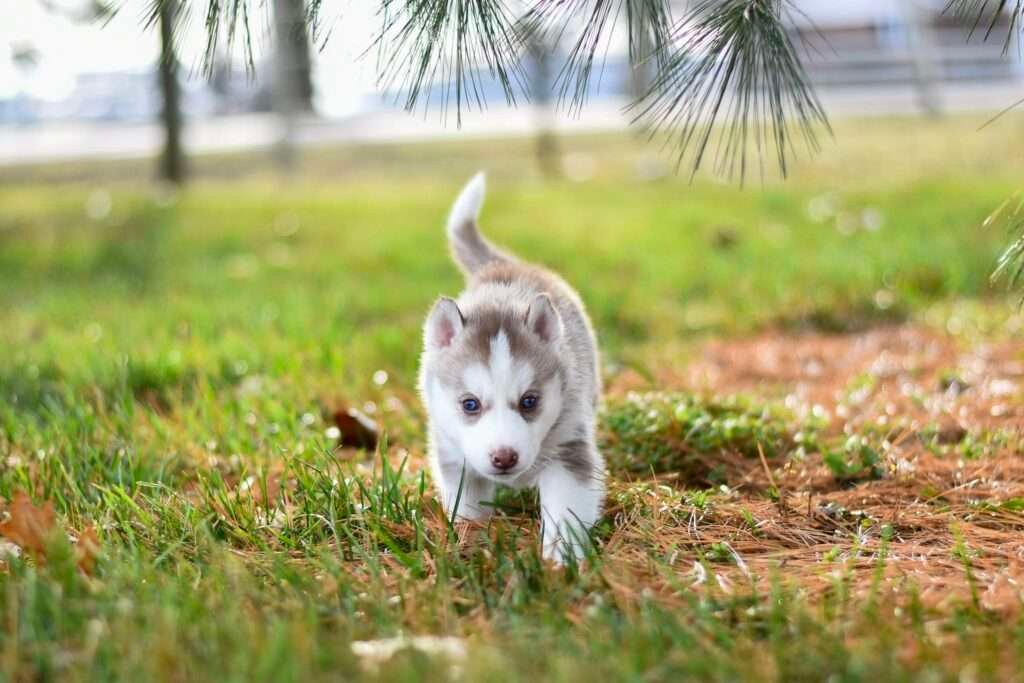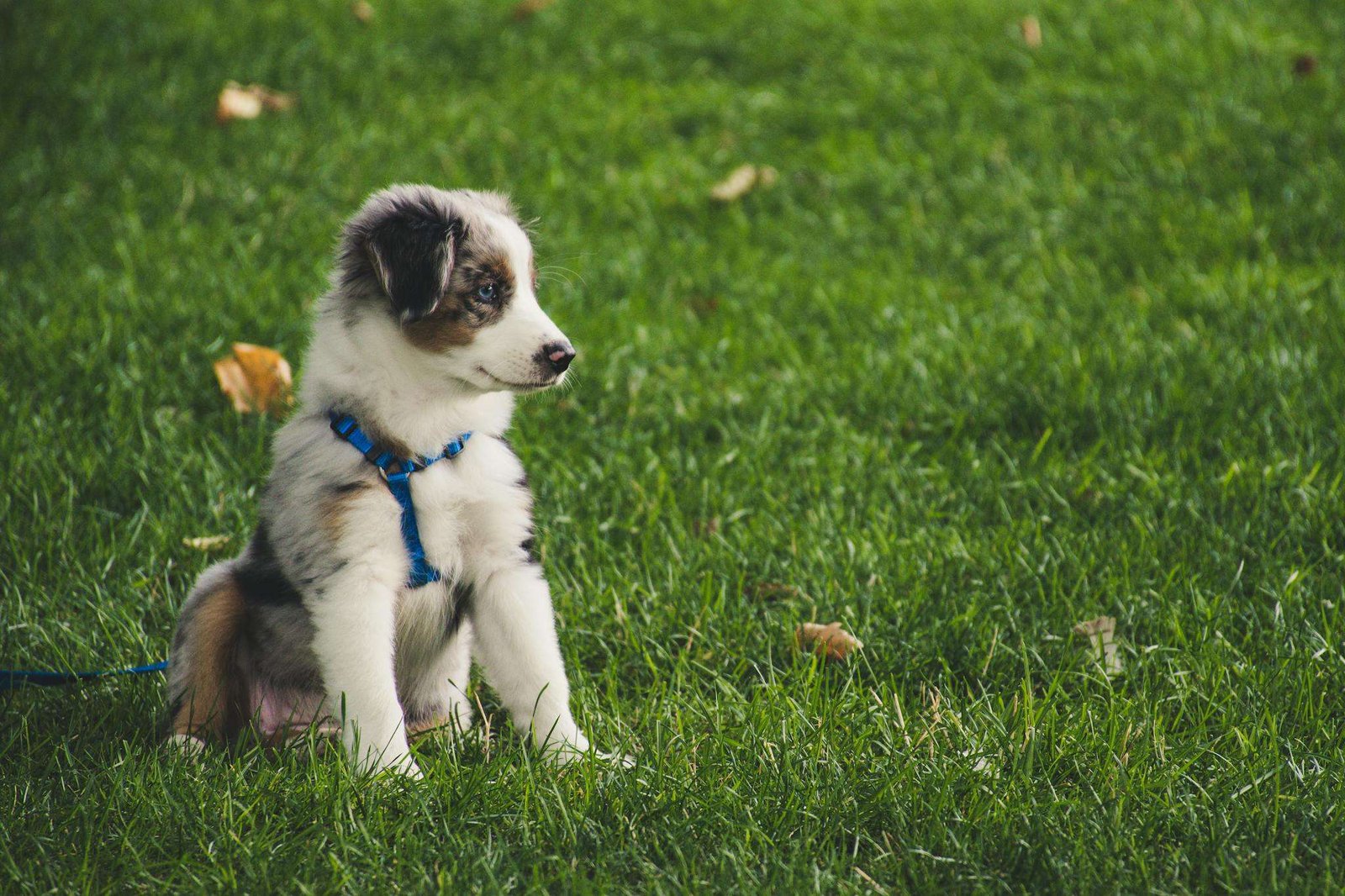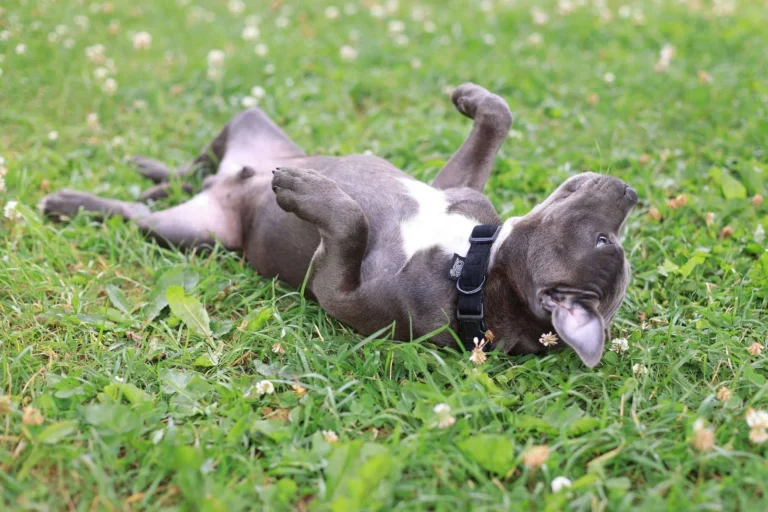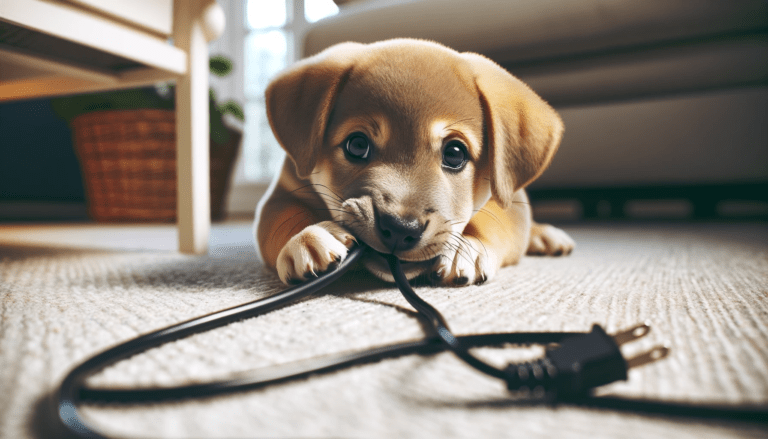Puppy Training 101: Basic Commands Every Dog Should Know
An Introduction to Puppy Training
Training Puppies: The Foundation of a Well-behaved Dog
Welcoming a puppy into your home is not just about cuddles and playtime; it’s also about laying the groundwork for good behaviour.
Early training is crucial as it sets the tone for a dog’s lifelong habits and behaviour. This article will explain the essential commands that form the foundation of puppy training.
Before you begin training your puppy, consider how you will do it. We recommend clicker training.
What Age Should Puppy Training Begin?
The ideal time to start basic training, such as teaching your puppy to sit, is as soon as you bring them home. Puppies can begin learning simple commands from as young as 8 weeks old (the earliest a puppy should leave its mother).
At this young age, they are like sponges, eager to absorb information and learn.

Things to Remember When Training a Puppy
The Power of Positive Reinforcement
Positive reinforcement is a cornerstone of effective puppy training. This method involves rewarding desired behaviours, which encourages the puppy to repeat them. Rewards can be treats, praise, or play. This approach not only strengthens the bond between you and your puppy but also encourages puppies to enjoy learning.
The Differences Between Training a Puppy and an Adult Dog
Puppies perceive and respond to training differently than adult dogs. They have shorter attention spans and are more sensitive to tone and body language. Understanding these aspects helps in tailoring training sessions to be short, engaging, and successful.
Creating a Conducive Training Environment
The environment plays a pivotal role in effective puppy training. Choose a quiet, distraction-free area to begin training sessions. This focused setting helps your puppy concentrate and learn more effectively. As they progress, gradually introduce new environments with more distractions to strengthen their training.
Selecting Appropriate Rewards
Every puppy is unique, and so are their preferences for rewards. While some respond best to treats, others may prefer toys or verbal praise. It’s important to identify what motivates your puppy the most and use it to reinforce positive behaviours consistently. Be sure to use small treats if your puppy is treat oriented, and incorporate them into his or her daily calorie allowance.
Establishing a Consistent Training Routine
Consistency is key in puppy training. Establishing a regular routine helps your puppy understand expectations and learn commands more quickly. Training sessions should be short but frequent, ideally multiple times a day, to keep your puppy engaged and reinforce learning.
The Essential Puppy Training Commands
- Sit
- Teach by holding a treat above their nose and raising your hand to encourage their bottom to lower. Say “Sit” as they do and reward them.
- If they back up, train against a wall. Consistent practice and rewards are important.
- Stay
- Begin with the puppy sitting. Open your palm, say “Stay”, step back, then return to reward. Gradually increase distance and time before rewarding.
- Practice in different settings with varying distractions. Patience and progression are key.
- Come
- Call their name and “Come” in a happy tone. Reward them when they arrive.
- Always practice in a safe area and use positive reinforcement.
- Down
- From sitting, lower a treat to the ground, say “Down” as they lie down, and then reward.
- Practice transitioning between ‘sit’ and ‘down’ for smoothness.
- Heel
- Start with the puppy on your left, say “Heel” and walk. Reward them for staying close to your heel.
- Important for safe, controlled walks. Begin in quiet areas before trying busier places.

Socialisation and Command Training
A. Integrating Socialisation with Command Training
Socialisation is as crucial as command training in a puppy’s development. Integrate socialisation with command training by exposing your puppy to different environments, people, and other animals during training sessions. This approach not only reinforces commands but also helps your puppy become well-adjusted and confident in various situations.
B. Importance of Diverse Environments and Situations
Exposing puppies to a range of environments and situations enhances their adaptability and reduces fear and anxiety. Train in different locations like parks, urban settings, and around other animals. This diversity helps your puppy to stay focused and follow commands regardless of distractions.
C. Balancing Socialisation with Obedience Training
While socialisation is essential, it must be balanced with focused obedience training. Social interactions should not overshadow the need for structured training sessions. Ensure that your puppy can still respond to basic commands in social settings to maintain control and safety.
Troubleshooting Common Training Issues
A. Addressing Short Attention Spans and Overexcitement
Puppies naturally have short attention spans and can be easily overexcited. To manage this, keep training sessions brief but engaging. If your puppy becomes too excited, pause the session and resume when they are calmer. Use games and play as part of the training to maintain their interest.
B. Tailoring Approaches for Timid or Anxious Puppies
For timid or anxious puppies, a gentle and patient approach is vital. Create a positive and stress-free training environment. Use soft tones and avoid harsh corrections. Building trust through consistent and positive interactions is key to helping them overcome their fears.
C. Consistency and Patience in Overcoming Training Hurdles
Consistency is crucial in overcoming any training hurdle. Be patient and persistent. If a particular command is not being grasped, break it down into smaller, more manageable steps. Celebrate small achievements to keep motivation high, both for you and your puppy.
Advanced Training and Beyond
A. Increasing Complexity of Commands
As your puppy masters the basic commands, gradually introduce more complex ones. This can include commands like ‘roll over’, ‘fetch’, or ‘play dead’. Start these new commands in a familiar, distraction-free environment and slowly introduce more challenging scenarios as your puppy improves.
B. Introducing New Commands and Tricks
Incorporating new commands and tricks keeps training engaging and mentally stimulating for your puppy. Choose commands that suit your puppy’s physical abilities and interests. Always introduce new commands one at a time to avoid confusion and ensure mastery of each before moving on.
C. The Value of Ongoing Training and Mental Stimulation
Continuous training is essential for keeping your puppy mentally stimulated and engaged. It strengthens your bond and ensures your puppy remains well-behaved as they grow. Incorporate training into daily activities to reinforce commands and encourage good behaviour.





